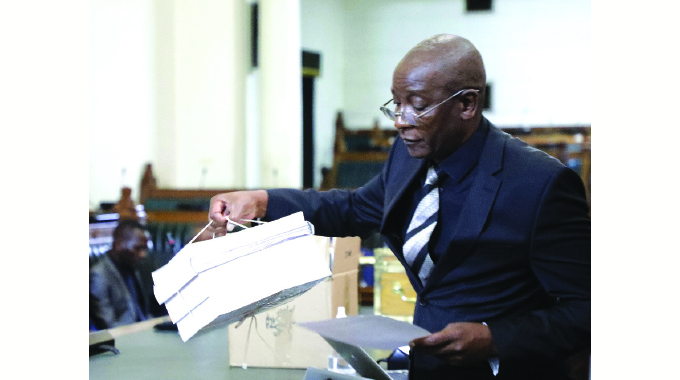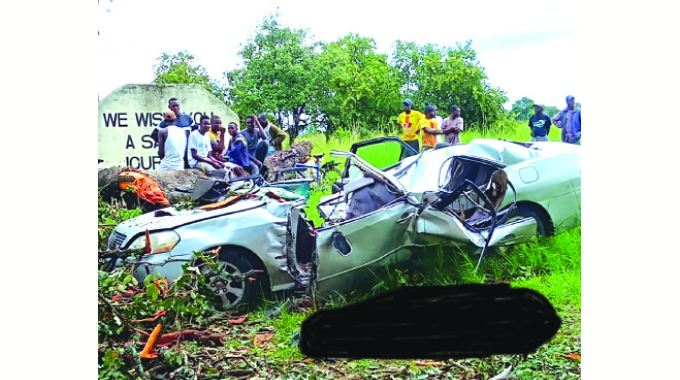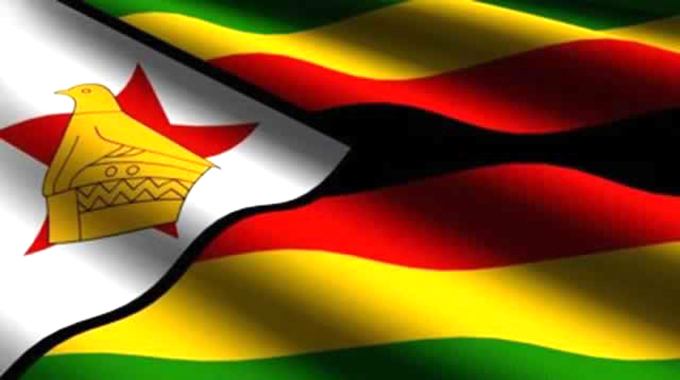Significant constituency changes in delimitation . . . Harare gains one seat, Mat South loses one

Farirai Machivenyika-Senior Reporter
MANY constituencies have seen boundary changes and some have been merged or divided to take into account population changes since the last delimitation exercise to keep all constituencies as equal as possible in terms of numbers.
According to the preliminary Delimitation Report tabled in Parliament yesterday by Justice, Legal and Parliamentary Affairs Minister Ziyambi Ziyambi, the only changes at provincial level are an extra seat for Harare Metropolitan Province and a reduction in one seat for Matabeleland South.
Where ward or constituency boundaries were changed, and these are more common, voters were moved with their assigned polling station as a complete block, so everyone will vote at the same station they voted in the last harmonised election, even if they and their station are now in a new ward or constituency.
According to the preliminary report, there were significant changes in seven provinces.
Bulawayo Province retained 12 constituencies, but seven were reconfigured and renamed as follows: Bulawayo North, Cowdray Park, Emakhandeni-Luveve, Entumbane-Njube, Lobengula-Magwegwe, Mpopoma-Mzilikazi and Pelandaba-Tshabalala.
Harare Province gained an additional seat rising from 29 to 30.
The huge building boom in Harare South saw that seat cut into three: Churu, Harare South and Hunyani. Epworth, now the fifth largest urban authority in Zimbabwe, had its single seat cut into two: Epworth North and Epworth South.
Harare North was reconfigured and is now largely Hatcliffe, with the constituency taking that name.
Manicaland has 26 constituencies and Musikavanhu and Chipinge West were merged to create Chipinge West Constituency while Dangamvura-Chikanga was collapsed to form Chikanga.
Mashonaland East has 23 constituencies. The three Chikomba constituencies are reduced to two: Chikomba East and Chikomba West.
Masvingo Province retained its 26 constituencies, but with some boundary changes.
Gutu South was merged into its neighbours but the province gained the new Chiredzi Central.
Zaka East and Zaka West were collapsed into the new Zaka South with a new Mwenezi North being created.
Matabeleland South had low numbers of registered voters and Bulilima East was collapsed to meet the minimum threshold leaving the province with 12 seats from the previous 13.
In the Midlands Province, Mberengwa South Constituency was collapsed and three Mberengwa constituencies now remain: Mberengwa East, Mberengwa West and Mberengwa Central.
The collapsed constituency was replaced by the creation of a new Mkoba North Constituency for expanding Gweru, the sixth largest urban authority, with the province retaining its 28 constituencies.
Mashonaland Central retained 18 seats, Mashonaland West 22 and Matabeleland North 13.
ZEC said changes reflected in the report would not affect voters from casting their votes at their assigned polling stations, with the entire block at a polling station moved into another constituency when a boundary was changed.
“In general, no voters were moved from their polling stations. Registered voters in each ward and constituency will vote at their usual polling stations although their ward number or name of constituency may have changed,” ZEC said in the report.
“It is also important to note that: Wards and constituencies in sparsely populated areas are larger in aerial extent since they have to draw their population from large areas due to low population densities e.g., wildlife conservancies and large commercial farming areas.
“Conversely, wards and constituencies in densely populated areas are relatively small in area e.g., peri-urban and urban areas.
“The shape, aerial extent and distribution of some wards and constituencies changed due to variation in the distribution of registered voters in provinces.”
Parliament was called back early to debate the preliminary delimitation done by the Zimbabwe Electoral Commission, who presented their report to President Mnangagwa on Boxing Day.
According to the Constitution, the boundaries of constituencies and wards must have at the time of delimitation, equal numbers of voters registered in each constituency within Zimbabwe and in each ward of the local authority concerned.
However, the Commission is allowed to depart from this general principle to cope with geographical and community boundaries, communications and existing boundaries but still must ensure no constituency is 20 percent over or below the national average, and no ward varies from the average in its authority by more than 20 percent.










Comments